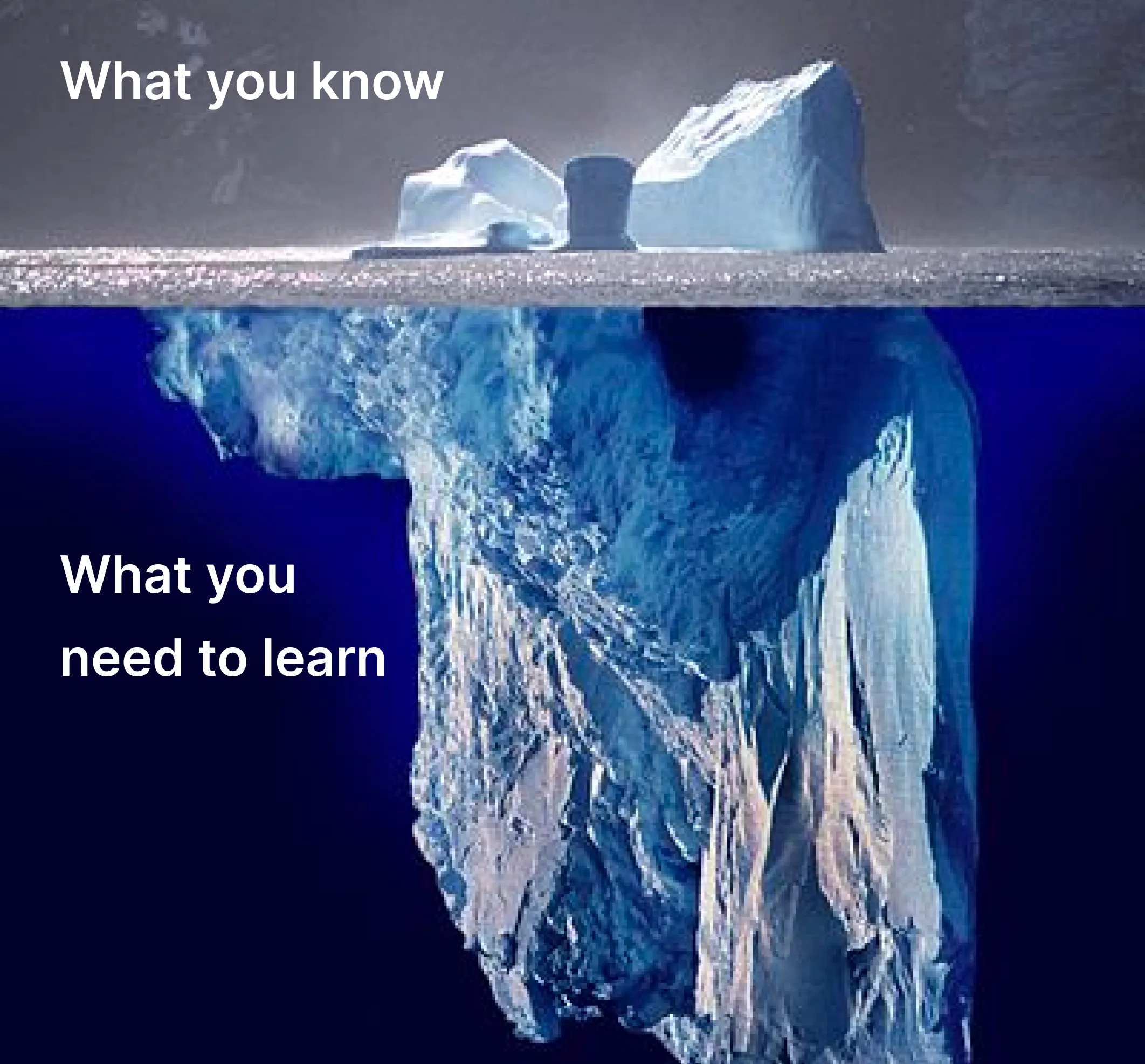Marketing KPIs Examples: Select Effective Metrics for Your Goals


When you start thinking about measuring the efforts of your marketing, prepare to face an enormous list of KPIs available. It’s like a list of analyses in a laboratory: there are endless options to check your health, but doing all of them won’t solve your problem. You need to follow the ones that your doctor recommended. When you are a small company with a tiny marketing team, you must be your own doctor and pick a limited number of metrics, while also wearing multiple hats and even creating your own job title.

Common sense would say, just choose the most important and track those, cutting off the least important. We wouldn’t be so radical with cutting off the KPIs. Having the key metrics is great, but it doesn’t mean you must ignore all the rest. The secret is to focus on the ones that reflect your current goals and then use secondary metrics to help support or disprove your hypothesis — a method rooted in the logic of scientific advertising. What’s more, some metrics that look static and non-important now may show interesting results in a couple of years when you decide to review your marketing history and recall how your business was developing.
With that being said, let's look closely at some marketing KPI examples to understand how the most common metrics can help you succeed with your goals.
This would be the first piece of analytics you see right after creating a page. And as basic as it is, it remains one of the most important KPIs for marketing.
Website traffic itself is pleasing to see, like hearts under your Instagram photo, but, like with other performance marketing KPIs, the key is to understand what kind of traffic it is: where do users come from, do they belong to the target audience? When you have sudden spikes or plunges in website traffic, you must think of the causes and base your marketing strategies on that.

To understand the sources of website traffic, you have to separate it into different parts. And that’s where other marketing KPIs and metrics come into play.
This is the key metric to track the effect of your SEO efforts. Organic search traffic measures the number of people who come to your site from Google, and the obvious way of tracking it is through Google Analytics.
You can market your company through many different channels, but having people find you through a simple search is priceless. In any textbook for marketing, key performance indicators would include organic search traffic.
.webp)
This is a key KPI to measure marketing campaign efficiency and the efficiency of your SEO in particular. If your company is in the top 3 for focus keywords, it will ensure not only good organic traffic but also traffic from people with high lead potential. The way to the top 3 is long and thorny, but getting to the first page in search results is already a great result.

After spending considerable effort to take your place on the first page of search results, you have to keep running as fast as you can to remain there because competitors are fighting hard for your spot.
Note that this metric works wonders only when the proper keywords are found. The choice is not always obvious, but when you start focusing on the right keywords, you will notice an instant increase in leads along with growth in keyword positions.
With social media, the metrics might seem obvious: there are views, likes, and shares. However, it also relates to the goal. If you want to tell everyone that you have sales, reach is a good start. However, if you want to be sure that people go from social media to your website, you have to check the click-through rate. If it isn’t good enough, you can consider changing the design of the campaign.

And if your objective is to build a community, you have to check the number of comments rather than the number of followers.
This might be the holy grail of marketing metrics. Good conversion rates mean that your website is working well — visitors find what they need and become clients. Whatever your marketing goals are, measuring conversions will be on your KPIs list in almost every case.
At the same time, this metric is quite hard to work with, as so many small factors can affect the results. The conversion rate is like the sum of all your marketing work. It goes hand in hand with website traffic: sometimes, you manage to bring a lot more people to the website, but the conversion rates get lower. Does it matter if you still have an increase in the absolute number of leads? This is up to you to decide.

There can be two reasons why one opens a newsletter: either because they are interested in the content, or because they want to find the unsubscribe button. That’s why in general, email conversion rate is a key metric in email marketing.

However, emails don’t always want to convert us. They may just promote brand awareness or get people to open them and find out breaking news about your company. If users know that your newsletter brings valuable information, they will open it regularly, and once you have a special offer that you want them to click on, they are more likely to do it because they are used to reading it and not sending it directly to the spam folder.
To measure the effectiveness of your email marketing campaign, you need more than just one metric, along with practical skills like how to write a follow up email. To learn more, read our dedicated article about email marketing KPIs.
If you are reading this, our scroll depth is higher than the average for this kind of article (probably just thanks to the seal). It is not always on the basic list of marketing metrics, but it is essential to measure content quality.

Finding out the scroll depth metric can be quite refreshing for the team. After working hard on your landing page trying to fit in all the most important info, you might realize that most visitors don’t get past 20% of the page. To learn more on how to make your landing page shine, read our article.
Being one of the common KPIs for marketing, it is not the favorite one of marketing teams. It helps to understand the whole team's efficiency, but leaves behind a lot of invisible yet essential work that is not directed at bringing leads but builds the ground for different marketing activities.
However, when you have to prove the overall efficiency of your team, the cost per lead itself would be enough to get a salary rise. Popularity on social media is good, but attracting leads is what the marketing team is for.
.webp)
Now that we’ve seen some examples of marketing KPIs, it’s time to make the right choice of metrics that will work for your project.
Have you ever heard of vanity metrics? The ones that show impressive numbers without having any tangible effect on business. If some of the metrics are useless, why can’t we just stop measuring them and mention them in articles on marketing KPIs?
.webp)
The answer is not that simple. Metrics gain meaning depending on the goal of the marketing campaign. If your objective is to get quality leads from social media, you would be interested in raising engagement, and overall reach would probably be a vanity metric. On the other hand, if your objective is to increase brand awareness, social media reach is worth tracking and being proud of.
Make sure that your goal doesn’t focus on metrics themselves. Marketing tasks shouldn’t focus on serving some abstract “marketing goals” like “growing Facebook audience” or “getting more views on YouTube.” These can be the KPIs, but the goal is to increase brand awareness or get more clients.
All in all, you can’t rely too much on KPI examples for marketing you find on the web and just copy-paste them to your monitoring processes. First, think of what matters to your project, then select relevant metrics and find a way to monitor them consistently and as one system.

As said before, you always have to analyze changes in metrics, trying to find the reasons behind them. Whenever you see an increase in leads, don’t rush to pop champagne. First of all, ask yourself: why is that? Is it because of my SEO efforts? Is someone featuring my blog on a popular resource? Or is it just the most active part of the year? And only after that, go for champagne.

The answers can come from relating the changed metric to the other key marketing performance measures. Often, you can’t directly prove your hypothesis, but it must affect your future marketing strategies. If some blog articles bring good leads, promote them further and write similar ones. Don’t let KPIs serve solely to measure your team’s work efficiency. There is much more they can tell those willing to learn.

Hope that our short list of digital marketing KPI examples will help you create your own set of metrics that would be interconnected to give you a full picture of your marketing success — just like the best digital marketing guides recommend. And if you need assistance in improving these KPIs – text us, and we’ll show you how the right designs can increase your conversion rate to the top results.


